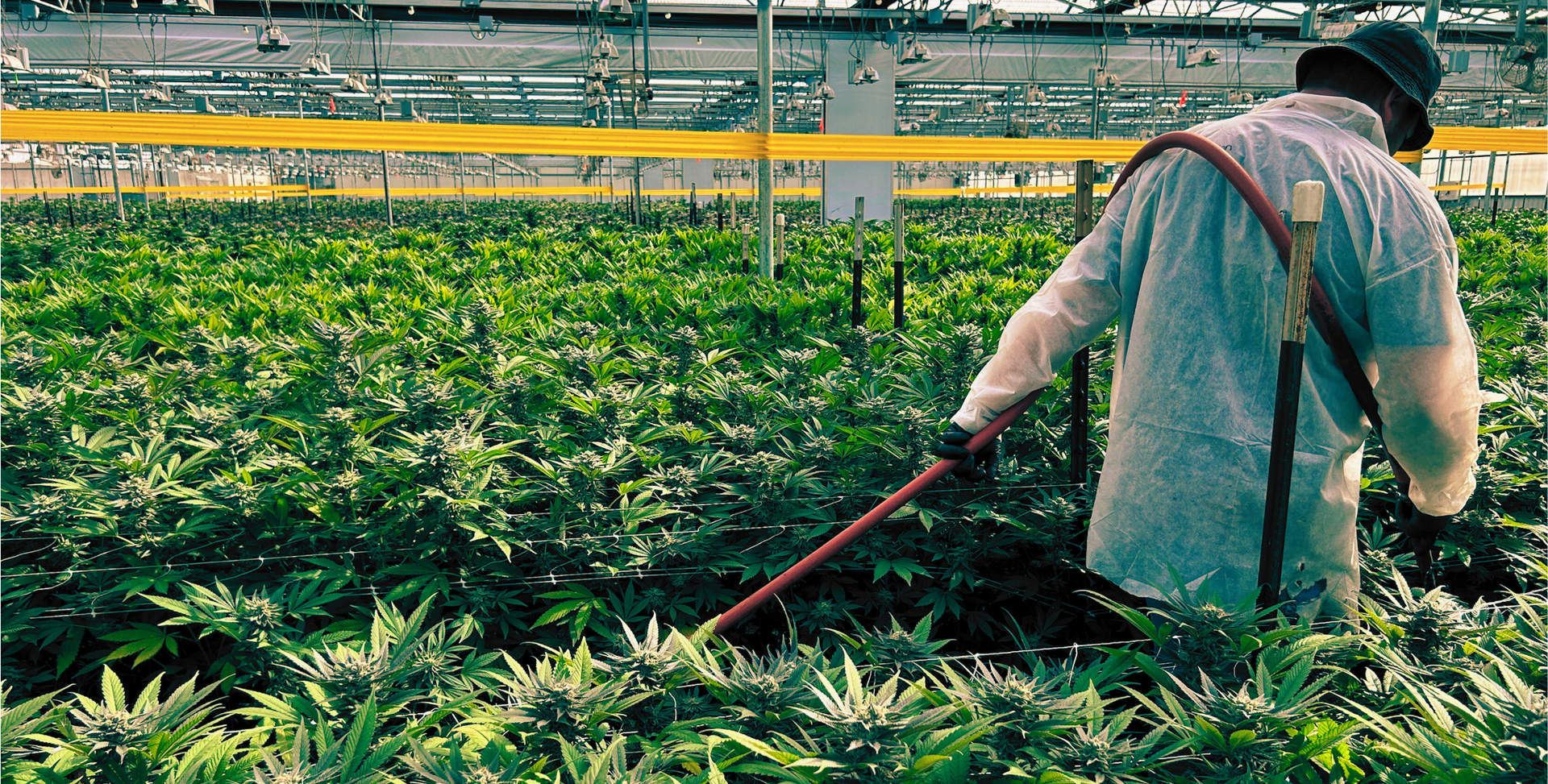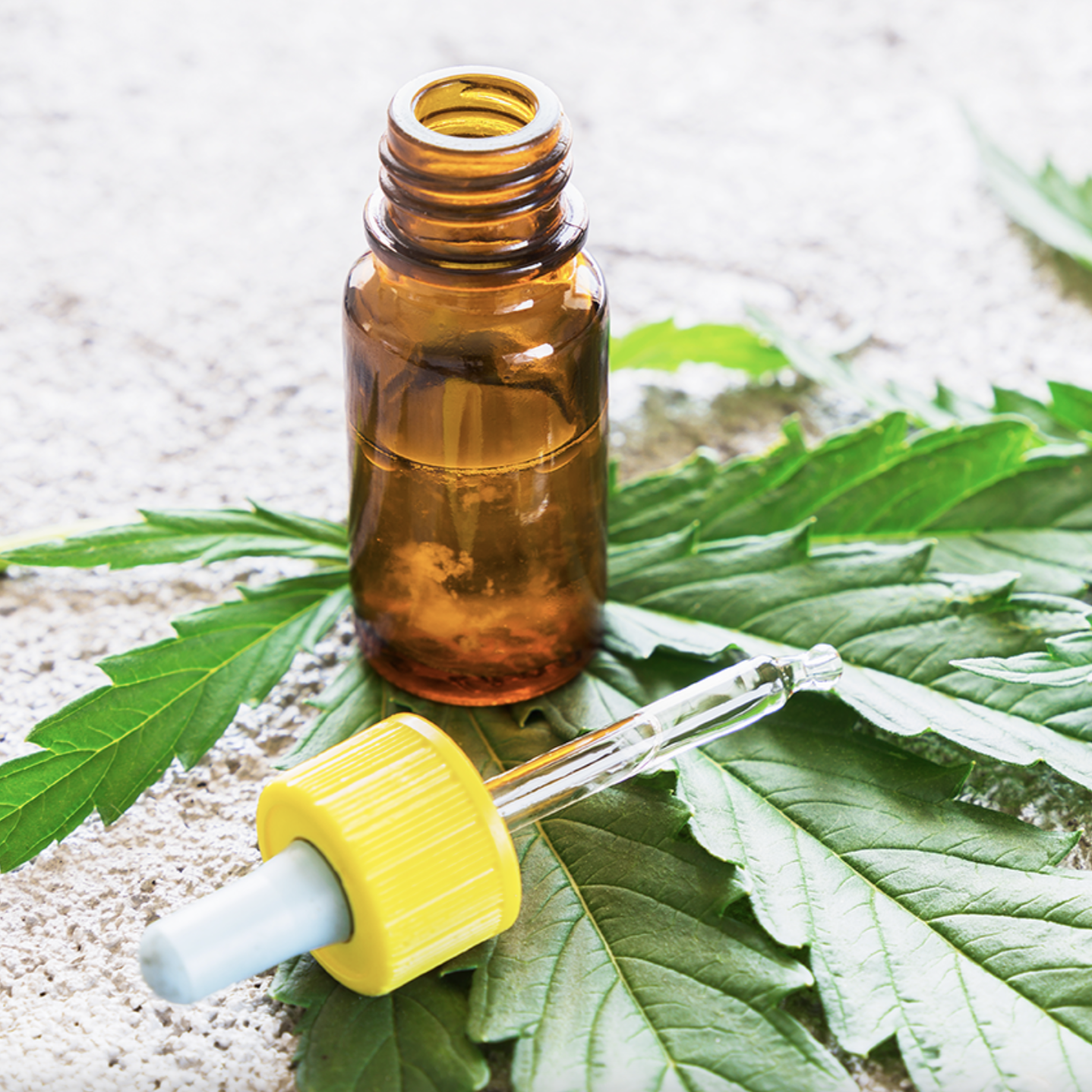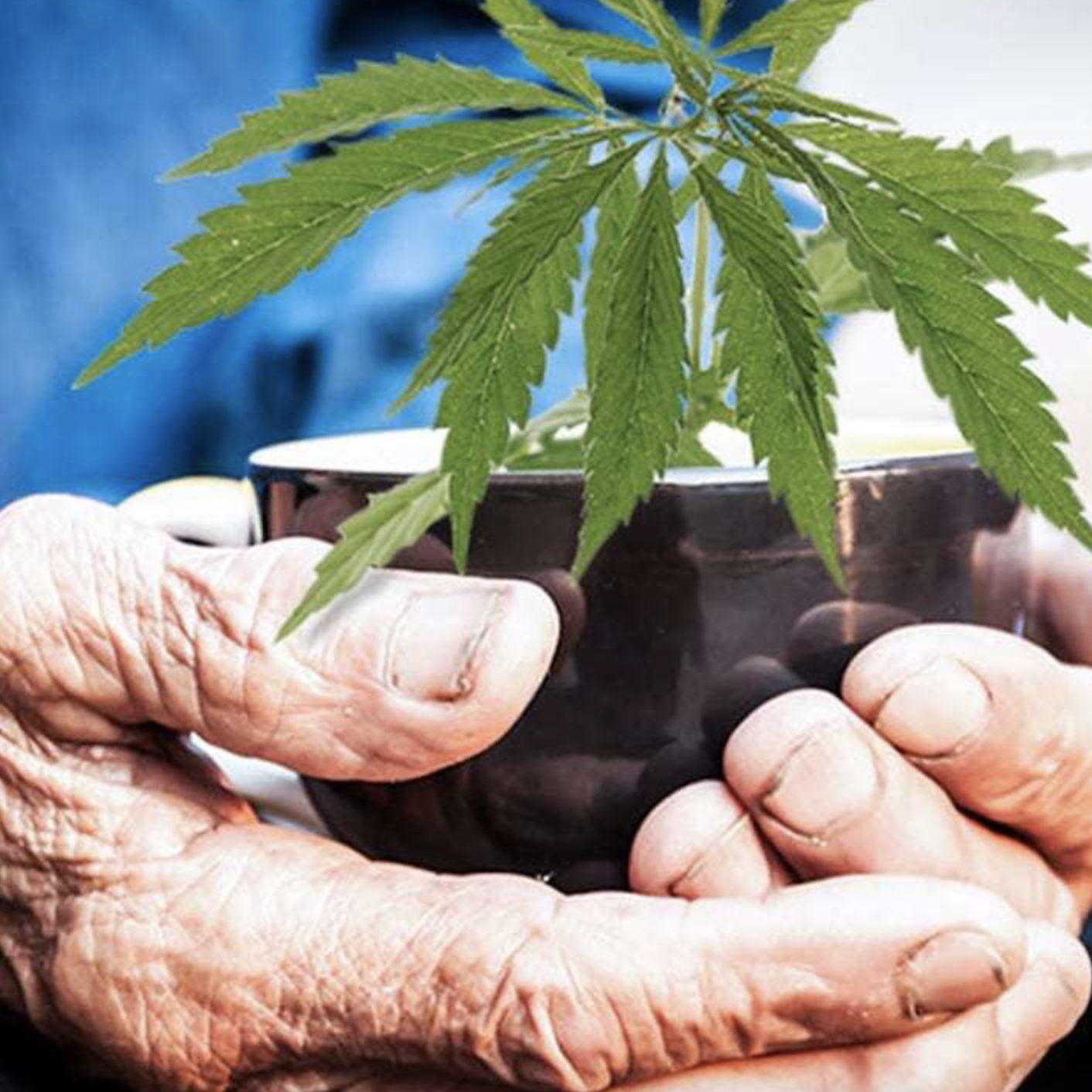Blog

By Diogo Ribas
•
July 23, 2025
Most consumers acknowledge using cannabis in place of pharmaceutical medications, according to survey data compiled by the telehealth platform NuggMD. Of the 485 subjects surveyed, more than 79 percent said that they consumed cannabis, at least in part, as an alternative to prescription medications. Notably, most respondents did notparticipate in state-sanctioned medical marijuana access programs. The findings, which are consistent with numerous other surveys, indicate that many consumers use cannabis for therapeutic purposes, even if they do not self-identify as patients. Many longitudinal studies report a decline in patients’ use of conventional medicines, specifically opioids, anti-anxiety drugs, and sleep aids, following their use of cannabis. Consumers also frequently report substituting cannabis for alcohol, tobacco, and other controlled substances. Source

By Diogo Ribas
•
June 17, 2025
Patients with musculoskeletal pain experience symptomatic improvements and few side effects following the sustained use of medical cannabis, according to newly data published in the scientific journal Cureus . Investigators affiliated with the Rothman Orthopaedic Institute at Thomas Jefferson University in Philadelphia assessed the safety and efficacy of long-term cannabis use in a cohort of 129 patients suffering from musculoskeletal pain. Study participants were registered in Pennsylvania’s medical cannabis access program and were assessed for at least one year. Over three-quarters of study subjects reported using at least one type of cannabis product daily, with most (64 percent) choosing to use topical formulations. Consistent with prior studies, the majority (93 percent) of pain patients said that cannabis improved their primary symptoms. Cognitive and motor effects were minimal for most users, with 72 percent reporting “no impact” on their thinking, coordination, or motor functions. Some 40 percent of study participants acknowledged reducing their use of traditional analgesics, including opioids, following medical cannabis initiation – a finding that is also consistent with other studies. Source











